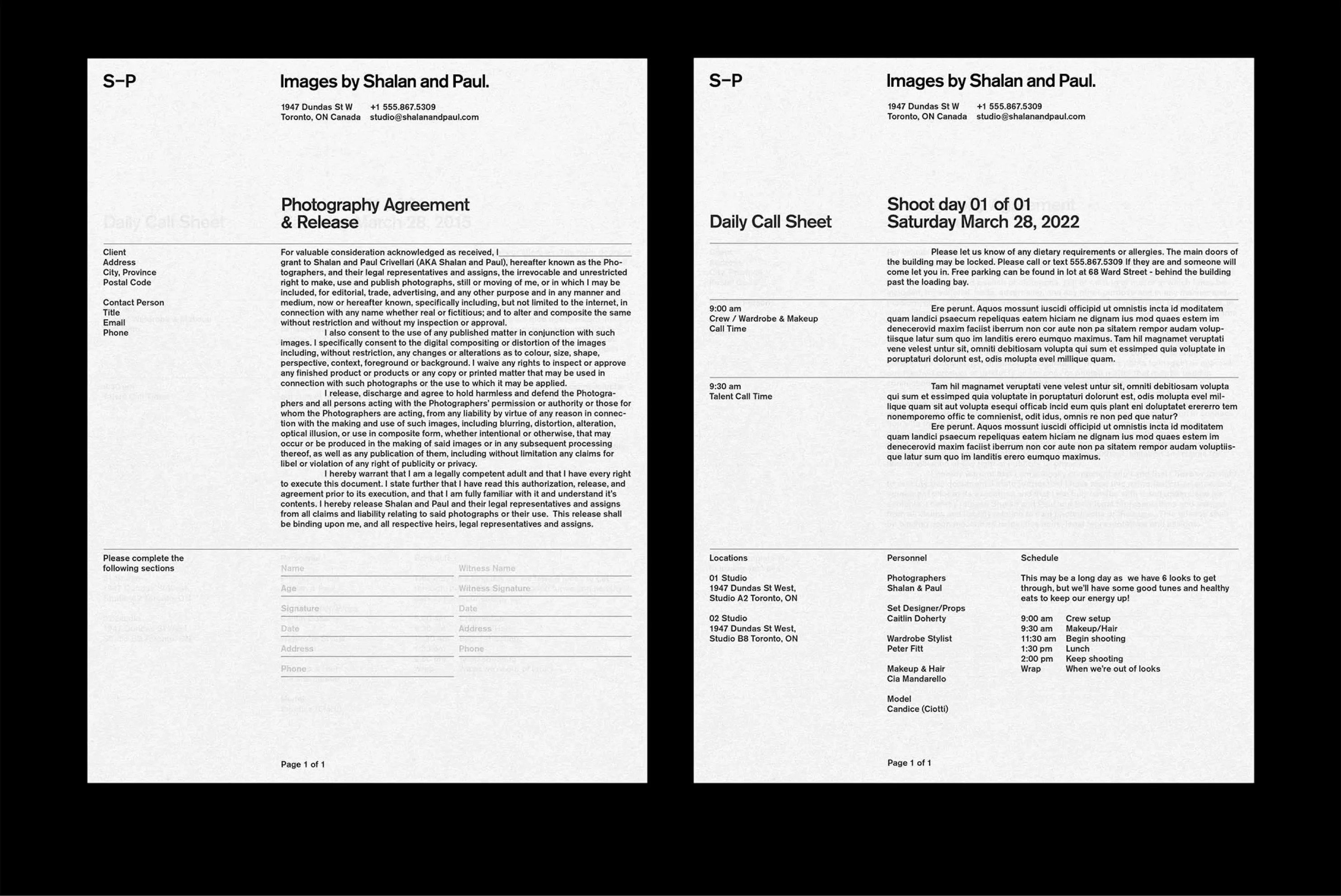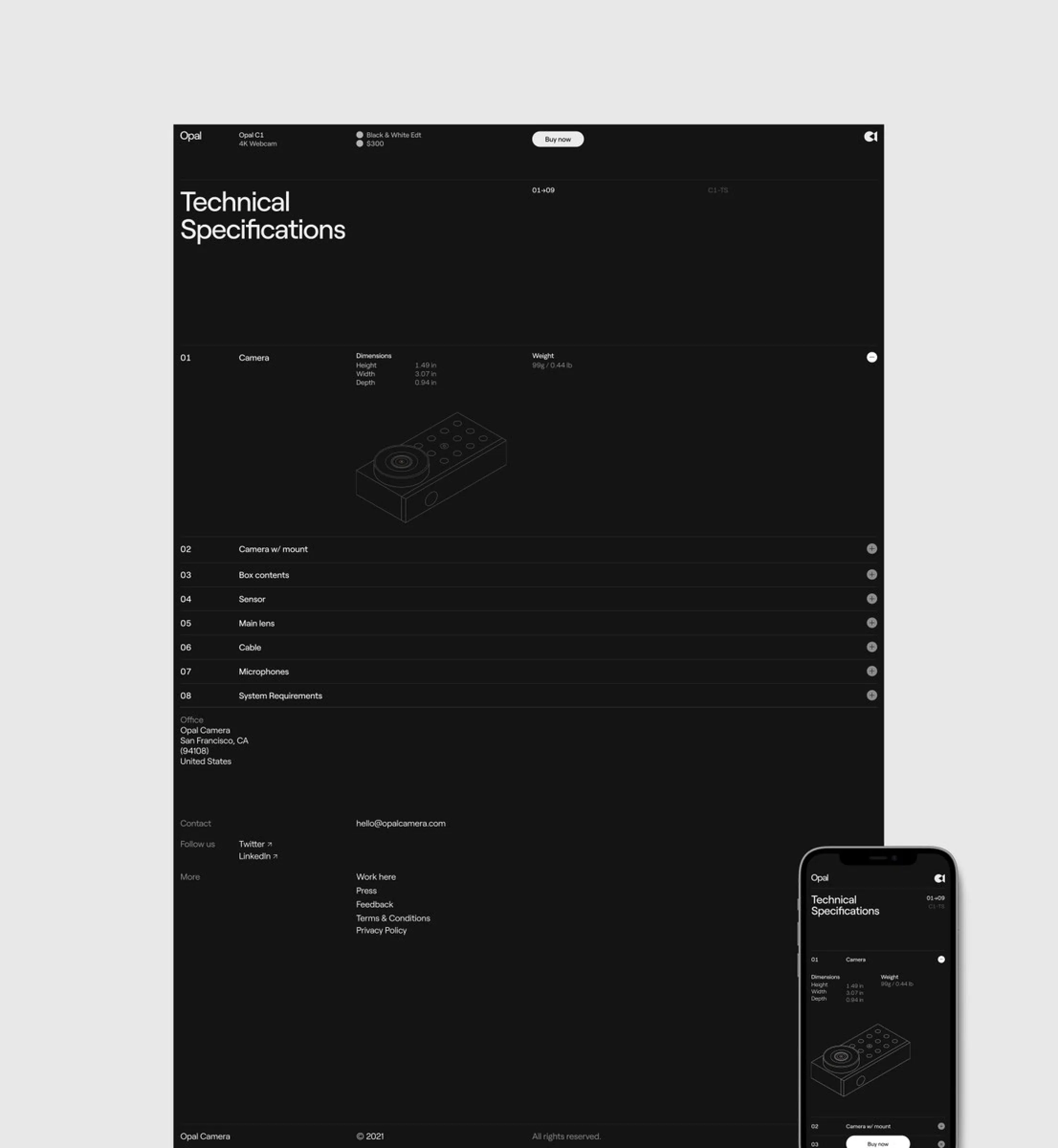The Fundamental Attribution Error
Date
Sept. 24th 2024
By
Protothesis
Discipline
Social Psychology
Actor-Observer Bias
Confirmation Bias
The Halo Effect
The Fundamental Attribution Error (FAE) refers to the common bias where people attribute someone else's actions to their character or personality rather than to external circumstances. This cognitive bias can lead to misunderstandings and poor judgment in social situations.
We often overlook situational factors that might influence behavior, focusing instead on perceived internal traits. It helps readers understand how this bias works, why it's so pervasive, and how we can counteract it by becoming more aware of situational factors when interpreting other people’s behavior.





